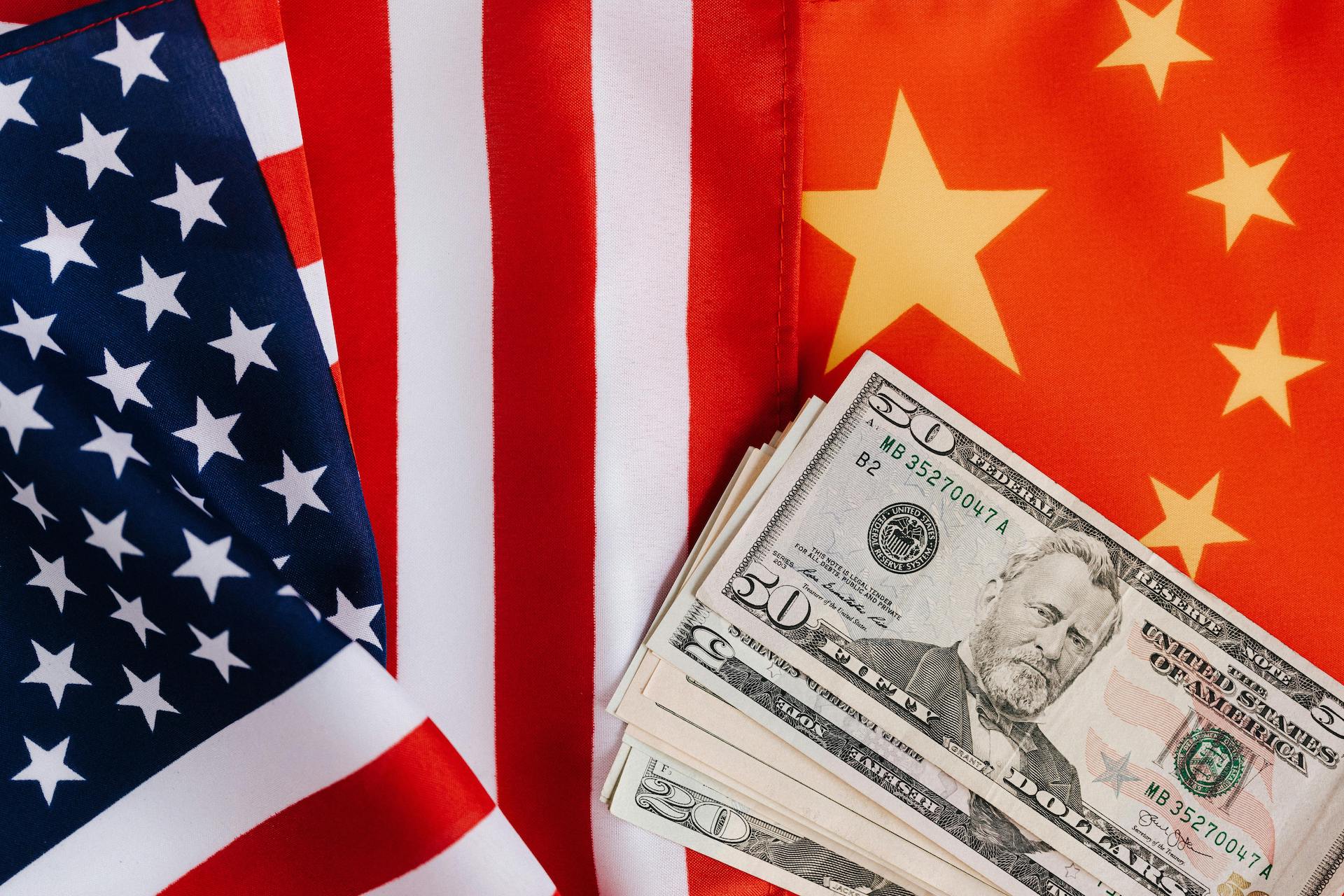China’s economy has been scrutinised over the past year, particularly concerning China’s deflation and consumer price trends. From October 2023 to January 2024, the country endured a period of deflation, where consumer prices remained stagnant or declined.
However, as of July 2024, the situation has shown signs of improvement. The year-over-year increase in consumer prices reached 0.5%, the largest since February 2024. This marks a significant turning point for China’s economy, raising questions about future trends and underlying factors contributing to this shift.
Understanding China’s Deflationary Period
Deflation refers to a decrease in the general price level of goods and services. While inflation denotes rising prices, deflation suggests a shrinking economy where demand is weak and businesses lower prices to attract consumers.
In China, this deflationary period from late 2023 into early 2024 was driven mainly by low demand across various sectors. Weak consumer spending on non-essential goods contributed to the price downturn.
The Role of Consumer Demand
A key factor behind China’s deflationary pressure has been weak consumer demand. Limited spending has resulted in downward pressure on prices, which is often viewed as a reflection of low demand.
When people are not spending, businesses have little incentive to raise prices, thus contributing to a deflationary environment.
The Food Price Factor
Food prices are crucial in China’s Consumer Price Index (CPI). In many economies, food prices are more volatile than other sectors due to weather conditions, harvest cycles, and global supply chains. In China’s case, food prices have shown elasticity, meaning that changes in demand are reflected quickly in price adjustments. While other sectors saw weaker demand, food prices have remained critical in stabilising the CPI during deflation.

The Impact of Excess Capacity and Industrial Competition
Excess capacity refers to a situation where industries produce more goods than demand. This supply-driven issue has been particularly noticeable in industries like the Chinese auto sector, where competition is fierce.
Intense competition leads to lower prices as companies strive to maintain or grow their market share. This further exacerbates deflationary pressures as industries continue to produce despite limited consumer demand.
Contradictions in Chinese Data
While some Chinese economists argue that consumption figures are understated, most observers accept that China’s consumption levels are relatively low. However, the data contains inconsistencies, leading to internal contradictions.
This makes it difficult to clearly see the economy’s real consumption levels. Despite these discrepancies, the overall narrative of weak consumer spending and excess industrial capacity holds true.
Consumer Price Index (CPI) and Producer Price Index (PPI) Trends
According to the latest Bloomberg survey, the median prediction for China’s CPI in 2024 is 0.5%, with a projection of 1.5% for 2025. While these figures may seem modest, they represent a gradual recovery from the deflationary trends experienced over the past year.
The 0.5% increase in consumer prices in July 2024 indicates that the economy may be stabilising, though full recovery is expected to take time.
Trends in Producer Prices
Producer prices in China have also shown signs of recovery. Since October 2022, they have been on a declining trend, with consistent annual decreases reported. The June and July 2024 reports showed a 0.8% fall, marking the lowest point in 2023.
However, there has been a gradual improvement since June 2023, when producer prices dropped by 5.4%. This recovery in producer prices may signal that industries are adjusting to the new market conditions, reducing the risk of prolonged deflation.
The Road Ahead: Key Indicators to Watch
Beyond consumer and producer price trends, loan and real sector data are another critical indicator of China’s economic growth health. Following the release of pricing data in July, analysts are now focusing on loan and credit data for August 2024.
The loan sector is vital in supporting business expansion and consumer spending, which could help further stabilise prices. Real sector data, which includes manufacturing output and service sector performance, will also be crucial in determining the direction of China’s economy in the coming months.
The Chinese government has introduced several policies to boost consumption and stabilise prices. These measures include easing monetary policies, such as lowering interest rates and encouraging lending to businesses and consumers.
Additionally, targeted stimulus packages in crucial sectors, such as real estate and manufacturing, are expected to boost demand. The effectiveness of these policies will be closely monitored as China navigates its economic recovery.
China’s economic recovery from its deflationary period presents a critical juncture not only for its domestic market but also for global investors, businesses, and industries with deep ties. The gradual rise in consumer prices and the stabilisation of producer prices point to a shift in the right direction.
However, the journey toward sustained growth and stability remains complex, with hurdles such as excess capacity in key industries and data inconsistencies still clouding the overall picture.
For businesses and investors, particularly those engaged with or monitoring China’s market, this is a time of uncertainty and opportunity. Companies that adapt to the evolving landscape will be better positioned to benefit from this transitional phase by leveraging government incentives, understanding consumer behaviour shifts, and preparing for potential fluctuations in sectors like real estate and manufacturing.

Why Vestrado Can Help You Stay Ahead in Changing Times
At Vestrado, we understand that navigating China’s economic shifts requires more than surface-level insights—it demands a deep, data-driven understanding of the market forces at play.
Whether you’re an entrepreneur looking to enter China’s vast market or an investor seeking to capitalise on the country’s emerging opportunities, staying informed is key to making more thoughtful, more strategic decisions.
Our team at Vestrado is dedicated to providing our users with actionable insights, up-to-date analysis, and personalised support to help them make the most out of the ever-changing economic landscape.
As China recalibrates its economic strategy, Vestrado is your trusted partner, offering you the knowledge and tools you need to stay ahead. By working with us, you’ll gain the competitive edge needed to succeed in one of the world’s most dynamic markets.
Let Vestrado help you unlock new opportunities, mitigate risks, and confidently navigate the complexities of China’s evolving economy. Stay informed, stay empowered, and stay ahead with Vestrado.





